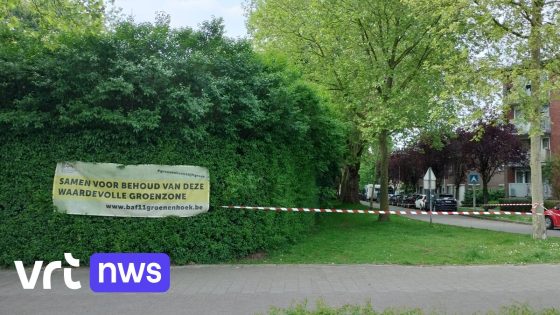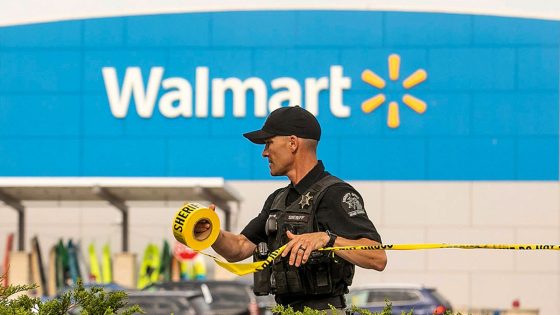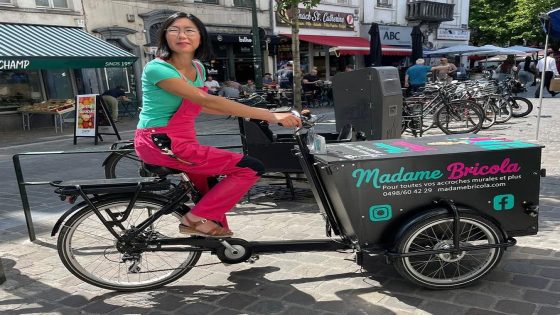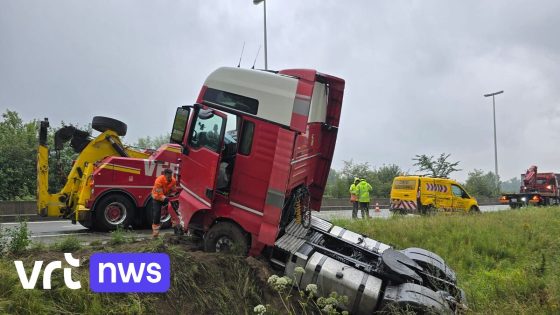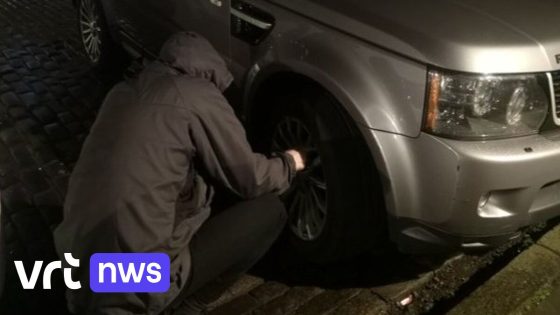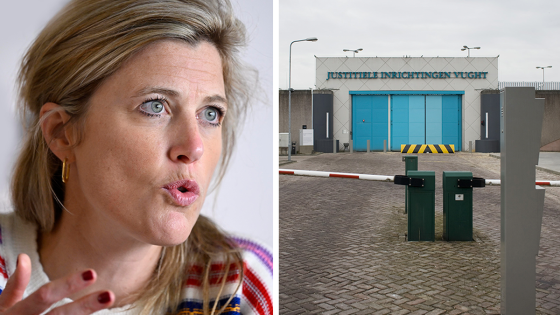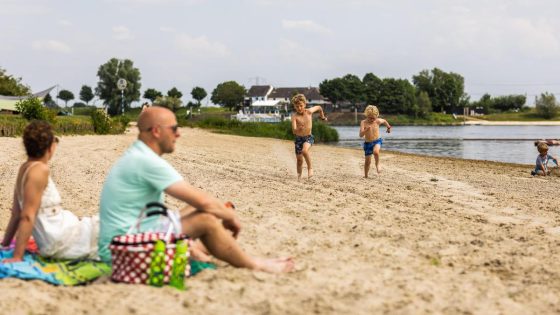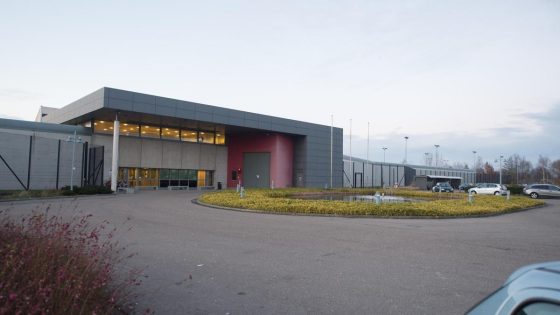The city council of Mortsel has issued a negative opinion on the plans to convert a green zone along Saffierstraat into a new fietsostrade. This development, proposed by the city of Antwerp and the province, aims to enhance cycling infrastructure but faces local resistance due to environmental concerns.
- Mortsel city council opposes Antwerp plans
- Plans involve sacrificing green zone
- Saffierstraat area identified as ecological corridor
- Mayor Hubeau suggests building a bike street
- Ecological concerns prioritize green space preservation
- Opposition reflects local government environmental stance
Mayor Michiel Hubeau of Groen emphasized the ecological value of the area, describing it as an important ecological corridor. He suggested that instead of sacrificing this green zone, a fietsstraat would be a more suitable alternative. The discussion gained attention on 2025-07-10 10:04:00, highlighting the tension between urban development and nature preservation in the Antwerp region.
How can Mortsel balance sustainable transport goals with protecting its natural spaces? What are the implications for local residents and cyclists? These questions remain central as the debate unfolds.
The resistance from Mortsel raises important considerations about urban planning and environmental stewardship. Should cycling infrastructure always take precedence over green spaces? Some key points to consider include:
- The ecological corridor at Saffierstraat supports local biodiversity and green connectivity.
- A fietsstraat could provide safer cycling without destroying valuable green areas.
- Balancing infrastructure expansion with environmental protection is crucial for sustainable urban growth.
- Community input and cross-municipal cooperation will shape the final outcome.
Moving forward, it is essential for Mortsel, Antwerp, and the province to collaborate closely. Can innovative solutions preserve green corridors while enhancing cycling routes? Public engagement will be key to finding a balanced path that benefits both nature and mobility.



